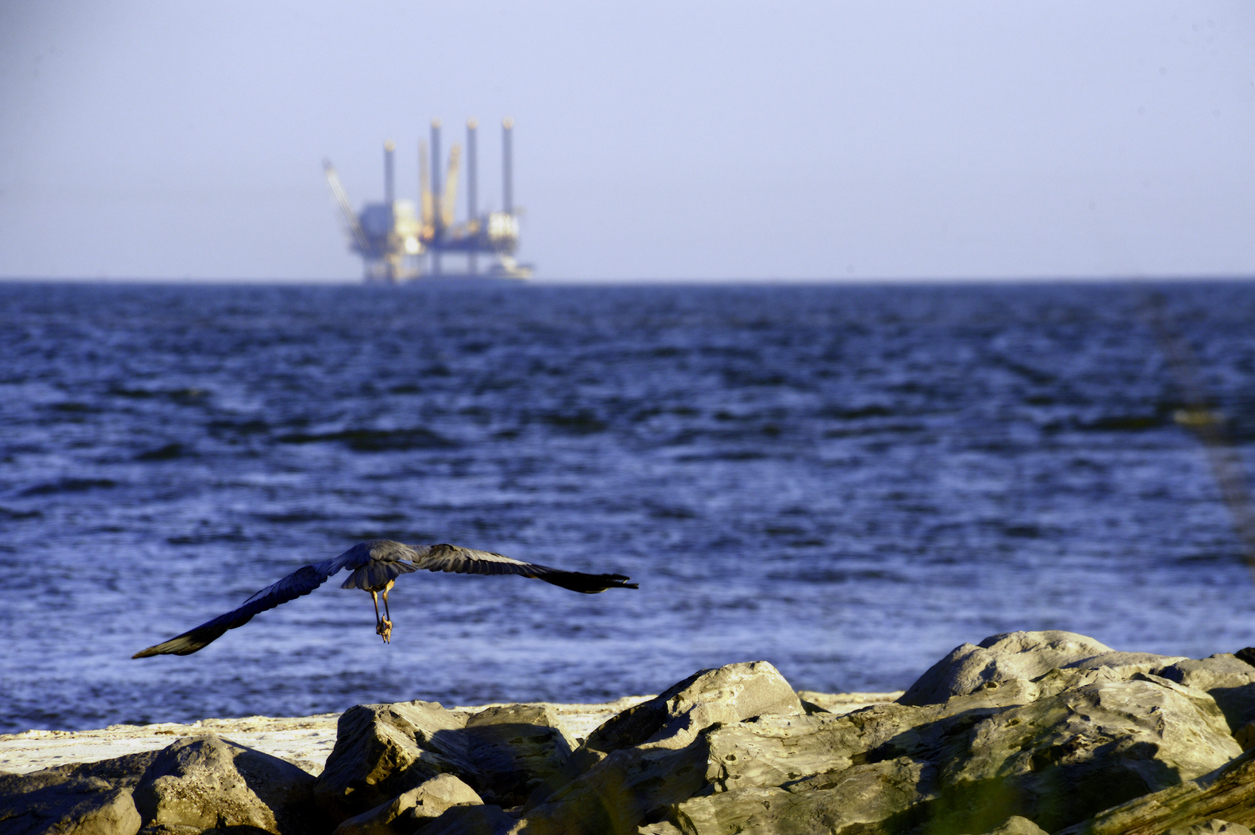In 2020, offshore federal production accounted for 15% of all crude-oil production, most of it from the Gulf of Mexico. California is part of the third-largest U.S. oil-producing region, PADD 5, which also includes Alaska, Arizona, California, Hawaii, Nevada, Oregon and Washington, as well as the Pacific Outer continental shelf. There are currently 23 oil-and-gas production facilities in federal waters, installed between the late 1960s and 1990. There are four more platforms in California’s waters.
In 1969, a blowout at a well 6 miles off Santa Barbara unleashed 4 million gallons of oil—fouling Southern California’s waters and beaches and killing thousands of birds and other marine life. So much outrage followed that the Santa Barbara spill is credited with helping spark the U.S.’s environmental movement.
The spill also generated huge opposition to more drilling off the California coast. The California State Lands Commission says the federal government hasn’t issued new leases in more than 20 years. In July the Biden administration announced plans to decommission eight more oil platforms. And in the past decade the number of new wells installed offshore has dropped significantly.
This latest spill is renewing calls to ban offshore drilling altogether along the California coast. But whatever happens, the damage is done: Environmentalists fear it may take years for the marine life off Orange County to recover, and business leaders say the closure of beaches for weeks—if not months—will deal a serious blow to the region’s big tourism economy.













